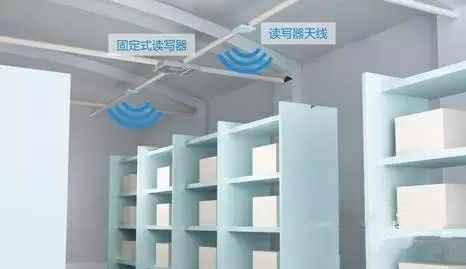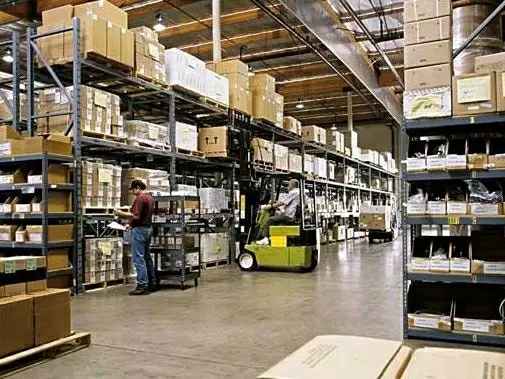Smart Logistics
RFID technology helps warehouse location management
In the modern logistics system, warehousing often plays the role of balance, adjustment, and buffer, and it is also the central link of logistics. In the design concept of a modern warehouse, the efficiency of entering and exiting the warehouse will be directly marketed to the economic benefits of the warehouse. Tianjin Bee believes that scientific and effective warehouse location management can be realized through RFID technology, and the informationization and timeliness of warehouse management can be realized.
In the warehouse location management system, the RFID positioning system is used to manage the cargo location, including graphic analysis of cargo location query, allocation, and cargo location utilization on the map.
Because the superior functions of RFID technology can achieve the advantages of non-contact, repeated use, fast scanning, large data capacity, etc., more and more of them are applied to warehouse location management, which is based on informatization and digitization to the greatest extent Improve the efficiency of warehouse management and enhance the core competitiveness of the enterprise.
Warehouse location management using RFID technology

Warehouse location management design ideas:
1. Set up a wireless network for warehouse location management to cover the entire warehouse. At the same time, a fixed data terminal is installed on the forklift to realize the real-time transmission of all operating data. The wireless data terminal has been developed to realize functions such as confirming the location, verifying whether the goods are in accurate condition, and returning to the live state, and at the same time, it can also accept operating instructions.
2. Paste an RFID electronic tag on the cargo space. The tag records the location of the cargo space and the storage type. When the warehouse is operated, the staff can judge whether the current cargo space is the designated cargo by reading the electronic label information. At the same time, the operation process can be recorded for precise warehouse location management.
3. The warehouse location management is carried out through RFID technology, and the type and quantity of goods are accurately recorded on each shelf. By installing RFID readers and wireless communication equipment on the automatic guided vehicle, the manager can set the guided vehicle regularly The inventory of the goods in the warehouse is carried out and the results of the inventory are transmitted to the system management center.
4. When goods need to be put into storage, attach electronic labels to each goods. Generally, the labels can be pasted on the entire pallet or embedded in the pallet for reuse. When the goods enter the cargo space, the label information can be read and compared with the information of the storage space to determine whether the operation is correct.

Warehouse location management system architecture:
1. The first layer is the collection layer, which mainly uses RFID identification equipment to automatically collect data, including location tags, cargo location tags, wireless data terminals, automatic guided vehicles, etc.
2. The second layer is the data transmission layer, which transfers the collected data to the central database through wireless communication technology, which contains related network equipment.
3. The third layer is the management layer, which manages the collected data, including warehouse location management software, network server and database server.
The management of warehouse locations using RFID technology can realize automatic data collection of data in various operations such as warehouse arrival inspection, warehousing, outgoing, allocation, warehouse shifting, inventory counting, etc., to ensure all aspects of warehouse management The speed and accuracy of data input ensure that the company can grasp the real data of the inventory in a timely and accurate manner, reasonably maintain and control the company's inventory, and enhance the company's core competitiveness.
 Scan code and wechat
Scan code and wechat